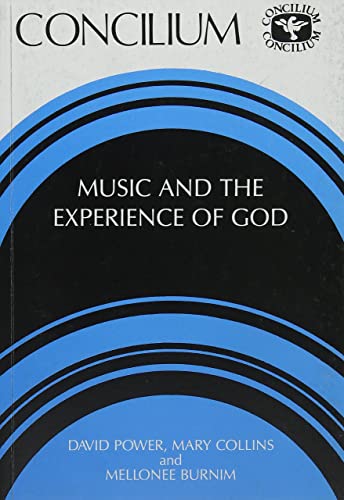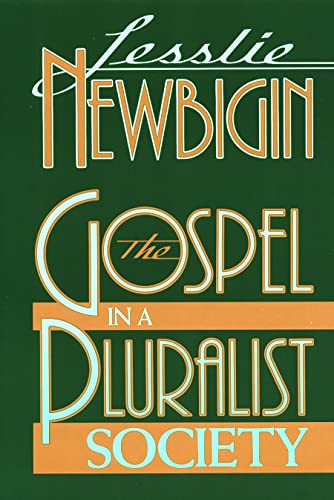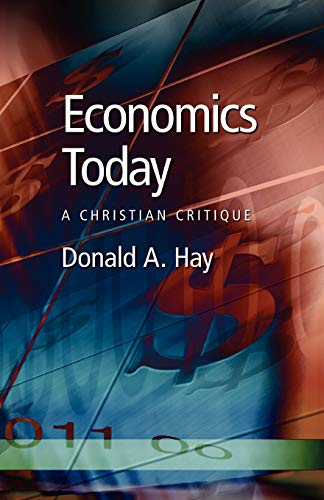Mark 1–8:26 (Word Biblical Commentary 34A)
Written by Robert A. Guelich Reviewed By Larry W. HurtadoAlthough there are some good ‘general reader’ commentaries on Mark, for some time we have needed an English-language Mark commentary for advanced students and scholars that is up-to-date in the issues and scholarly literature. This work aims to address that need. V. Taylor’s 1952 commentary (2nd edn 1966) is still worth consulting but now quite dated. The only subsequent Mark commentary in English with which to compare Guelich’s work is W. Lane’s 1974 contribution to the NICNT series. Lane’s commentary reflected the developing scholarship of the gospels in American ‘evangelical’ Protestant circles, and its detailed discussion and rich citation of scholarly literature made it the most in-depth English-language Mark commentary after Taylor. Now, Guelich has produced the first volume of the most thorough Mark commentary in English, a major contribution to NT scholarship that also happens to illustrate the continuing maturation of American ‘evangelical’ biblical scholarship.
Guelich deals with the major introductory questions: genre, Mark’s narrative quality, author, place, date, sources, structure, outline, theology, and the purpose of Mark. Guelich divides Mark 1–8:26 into four main sections (1:1–15; 1:16–3:12; 3:13–6:6; 6:7–8:26), composed of 44 smaller units, each of which receives analysis and discussion. He offers his own translation of each unit, but the discussion interacts fully with the Greek of Mark. Each unit has its own bibliography, which will assist the reader who seeks to do further investigation of a particular passage or question. And the bibliographies are both impressively current (with items as late as 1988 included) and full (including a rich citation of German-language scholarship). There are also two excursuses, one on the term euangelion, and one on ‘Baptism with the Spirit and/or Fire’.
At no point does Guelich duck issues or offer any special pleading. He treats seriously the questions of modern scholarly investigation of Mark, with respect for the evidence and any difficulties involved. He provides reasoned judgments on the many thorny and complex issues, but does so in full and fair dialogue with the academic fraternity. Overall Guelich has given us a work that students and specialists alike must welcome gratefully.
A summary of Guelich’s conclusions on several introductory questions may be helpful. On the genre question, Guelich concludes (in basic agreement with Aune) that the NT gospels are formally examples of Hellenistic biography, though their content makes them a distinctive ‘subtype’ of that genre. After a brief review of different authorship proposals, Guelich pronounces the question moot and ‘more a historical curiosity than an exegetical necessity’. Likewise moot is the question of the place of origin, though Guelich finds a Roman provenance to have slightly more probability than other proposals. He offers a date sometime during the Jewish revolt, suggesting ad 70.
Though Guelich finds lacking unambiguous evidence that the Evangelist ‘ever creatively composed de novo one single pericope’, and emphasizes how Mark incorporates traditional materials and motifs, nevertheless he grants that Mark’s selection and combination of material ‘has indeed produced a distinctive literary work’. A large part of Guelich’s discussion of each unit of text is given to identifying the traditional elements taken over by the Evangelist and his own redactional contributions. For readers of ‘evangelical’ persuasion, Guelich has a brief defence of this traditio-critical approach to ‘the Scriptures’, arguing that those who seek a ‘normative witness’ must use every scholarly means to obtain an understanding of the author’s intention (p. xxxv). In general, he leans towards a more generous estimate of Mark’s dependence upon traditional material and motifs, and restricts Mark’s own authorial contribution more than some other recent studies. Though by no means identical, Guelich’s basic approach might be compared with that taken in Pesch’s commentary. In some sections of Mark, however, Guelich sees Mark as quite active in developing narrative emphases (e.g. in 6:7–8:36).
Guelich regards the themes of eschatology, Christology, and discipleship as so inseparably involved in Mark that no one theme can be singled out as primary. He seems to accept Kingsbury’s critique of the ‘correctionist’ Christology interpretation of Mark, and sees Mark as written pastorally to ‘a community under duress’, to remind them of who Jesus was and of his significance for the future, and to summon them to authentic discipleship patterned after ‘the way of the cross’.
It is difficult in one commentary to address both the scholarly academic, interested in historical-critical questions, and the minister and theologian, interested in the applicative and hermeneutical questions, though the series editors proclaim their intention to serve both types of readers. I impute no peculiar failing to Guelich, therefore, when I judge that he has succeeded in the former task but has barely dealt with the latter. Working ministers who take preaching the Bible seriously, and others who approach the biblical text with theological concern, will find much to inform their study of Mark. But basically they will have to make their own way to an appropriation of Mark for the pulpit or for theological reflection. Guelich’s ‘Explanation’ sections do not often live up to the editors’ promise (p. vii) of discussions of passages’ ‘relevance to the ongoing biblical revelation’. Most often, these sections simply offer a digest of the discussion of critical issues dealt with under the other headings.
Guelich is sensitive to the historical distance between Jesus’ ministry and the gospels, and avoids simplistic reconstructions of the historical Jesus. But he sometimes attempts to indicate where the Jesus tradition may reflect authentic contours of Jesus’ ministry, siding with Vermes (and against Tödt et al.), for example, on the view that Jesus used ‘son of Man’ as a self-referential term.
On questions about Mark’s use of pre-Markan collections of Jesus tradition, Guelich accepts Achtemeier’s theory of a pre-Markan miracle collection lying behind much of chapters 4–8, holds (contra J. Dewey) to a collection of controversy stories behind Mark 2:1–3:6, and sees collections behind other passages such as Mark 4’s string of parables. Indeed, one of the more intriguing portions of the commentary is Guelich’s discussion of Mark 4, which argues that 4:10–12 is not redactional but represents the ‘sectarian’ mentality of the pre-Markan tradition which Mark tones down. These verses are thus, in Guelich’s view, no basis for positing a distinctive Markan ‘parables theory’. (Curiously, Guelich shows no acquaintance with the several articles by C.A. Evans on the use of Is. 6:9–10 in the NT.)
In a work on a text as controversial as Mark, there are bound to be places where Guelich disappoints. For example, he cogently rejects Fowler’s argument that the account of the feeding of the 5,000 is a Markan creation, but strikes me as unimaginative to a fault in his treatment of the significance of the numbers of the loaves. And his discussion of Mark 8:14–21 (a passage of apparent importance in Mark) is vague and insufficiently specific about what it was the disciples were to have understood.
Nevertheless, any disappointment with a few particular passages cannot slacken our gratitude to Guelich for this work of massive learning and meticulous analysis. All who are involved in scholarly investigation of the gospels are advised to become familiar with this commentary, and we look forward eagerly to the concluding volume.
Larry W. Hurtado
Department of Religion, University of Manitoba, Winnipeg, Canada







